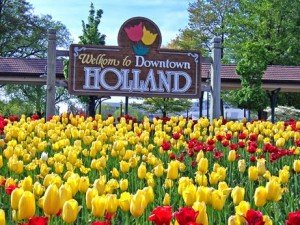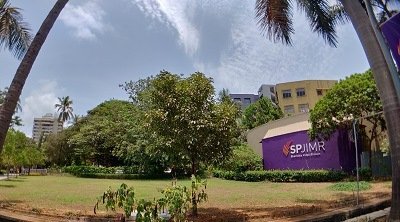
You might like reading:

SPJIMR PGDM Final Placements Batch of 2020 : Median Salary of INR 25 Lacs
Placements for SPJIMR’s PGDM Class of 2020 witnessed 44 new recruiters across sectors. An increase in the average CTC by 15% as compared to last year coupled with a significant increase in the number of offers made by marquee names in Consulting, FMCG/ FMCD and E-Commerce firms reflected a strong demand for talent from SPJIMR. The median salary of the […]

Diwali and the Indian Fireworks Industry
“Haley’s comet may come and go But fireworks, fireworks are forever” Diwali brings joy of happiness and a euphoric zeal to all countrymen spread across different nooks and corners of the world. With its over the top delectable set of delicacies, sharing of sweets and gifts between friends and lighting to sparkle your eyes, Diwali comes with its own set […]






























